On December 2, 2014, University of Maryland Professor Joshua Shannon delivered a lecture entitled “Photorealism: A History of Surfaces” as part of the Institute of Fine Art’s Daniel H. Silberberg Lecture Series. (A recording of his talk can be viewed here.) The theme of the Silberberg lecture series this year is “failure,” and Professor Shannon’s presentation on photorealism took the failure of credibility suffered by humanist painting in the late twentieth century as a point of departure. IFA Ph.D. Candidate Claire Brandon interviewed Professor Shannon following the lecture.
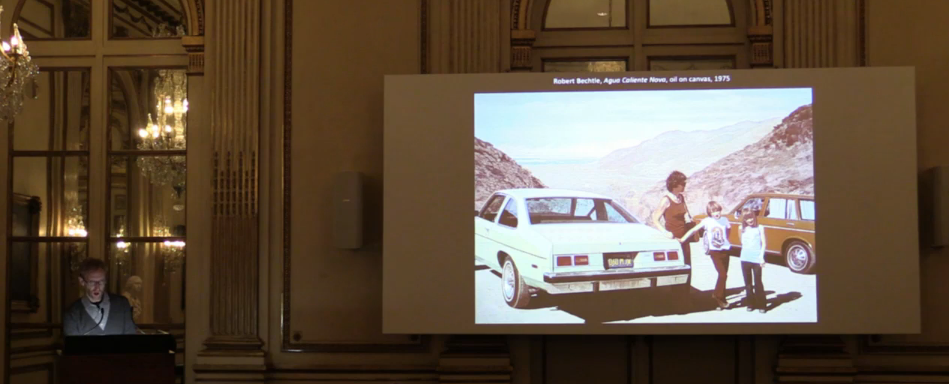
In the beginning of your lecture, you mentioned 1968 as the starting point for your study. What was happening with the practice of photorealism during that moment? How do you see it as marking such a major shift in painting?
Photorealism made a rather sudden appearance in painting in 1967-68. Most of the photorealists had been making other kinds of realist painting in the years just before then, but it is amazing to see how suddenly—and simultaneously—many of them began to make paintings that acknowledged, even exaggerated, the fact that that they were based on photographs. This struck me as a fact needing some historical explanation.
Why have you chosen to focus on Robert Bechtle? How can his work be differentiated from the other photorealists you brought up, such as Chuck Close, Richard Estes, and Ralph Goings?
I just think Bechtle made many of the richest and most revealing paintings. The photorealists are united by the fact that they all make clear that they have painted from photographs, but the kinds of photographs they work from are actually quite diverse. While Estes, for example, uses urban architectural photography and Close uses portrait photographs, Bechtle works from snapshots. His paintings are deliberately exploring amateur photography, even mediocre amateur photography. Bechtle is interested not so much in precision or in dryness as he is in posing. His paintings are about self-presentation, and about what counts as a good or meaningful picture. As such, Bechtle has his fingers on many of the most important problems in visual representation over the past several decades. We have so much to learn from his paintings.
You brought up the topic of posing in photorealism, that there is an eeriness to the way that painted subjects approached the camera. What relationship (if any) does this have to what you see as the failure of humanist painting, where posing and composing subjects was in the realm of the painter’s decision, rather than the subject’s (in the case of the photograph)? Or is posing still very much the painter’s decision in the case of photorealism?
I think that the photorealist painter still has lots of control over the depiction of the subjects, since he or she can shoot the source photographs, choose which one(s) to use, and then make further changes at will during the painting process. That said, I do think the photorealists’ interest in posing is a part of their (ambivalent) anti-humanist strategy. Their paintings do not pretend to reveal the whole, real person. Instead, they generally show people either at “off” moments or else in moments of working to compose themselves to be seen. In this way, the pictures avoid providing any evidence of a true and coherent inner self.
Can you talk a little bit about the fieldwork for your research on photorealism? Where/in what context are some of the most important collections of photorealist painting? What has been the life of photorealism in institutions and the market in recent years? Have there been many exhibitions devoted to the topic?
Photorealism was bought by some major museums in the 1970s, but it has not been shown much since, at least in the United States. In Europe over the last fifteen years, there have been several traveling shows of photorealism (or hyperrealism as it is sometimes called there), and Bechtle and Estes have even had retrospectives in the U.S. Most of the paintings are in European museums (many of course in storage) or in private collections.
Was there a particular painting, exhibition, or event that brought you to this topic?
My interest in photorealism was a slow boil, but it certainly helped that I lived for eight years in San Francisco and Berkeley, where Bechtle is a local celebrity.
How does the chapter on photorealism factor into the rest of your upcoming book? What is the book about more broadly?
The book is called The Recording Machine: Art’s Preoccupation with Fact, 1968. It’s about many different kinds of artists who seemed to give up on the idea of revealing deep truths in favor of records of fact or of appearance. Most of them were involved in photography in one oblique way or another. The photorealism material will make up one chapter. The other three chapters are on conceptual photography, art in the desert, and systems art, respectively. It has been especially enjoyable to write closely about the work of Vija Celmins, Douglas Huebler, and Gerhard Richter.


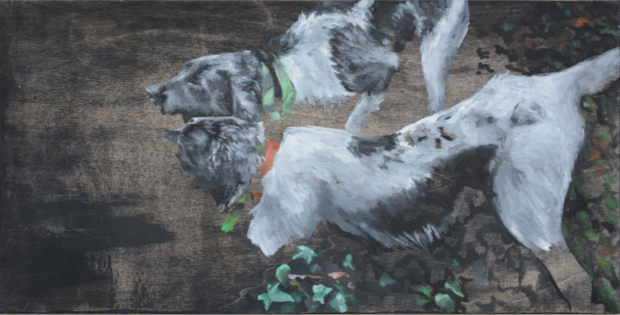
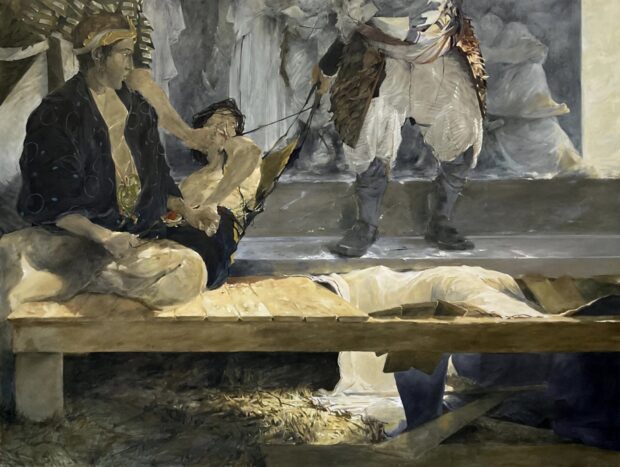
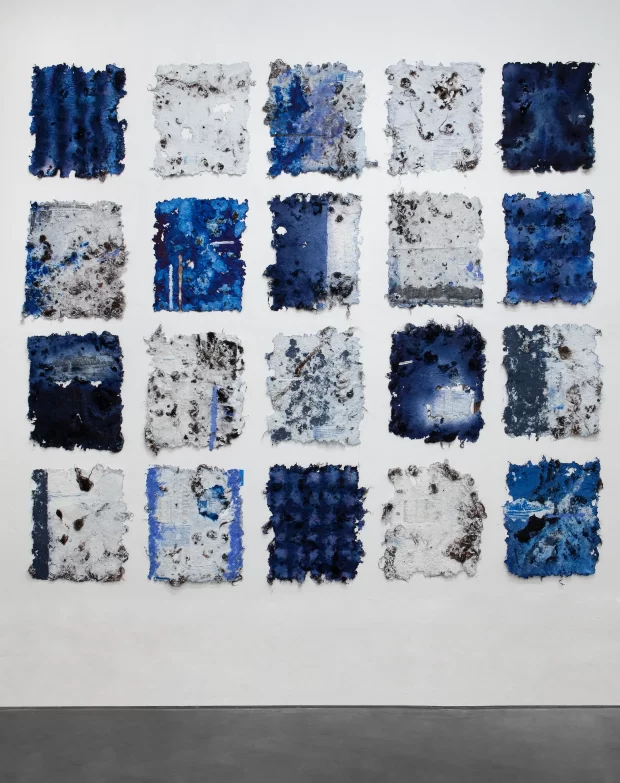
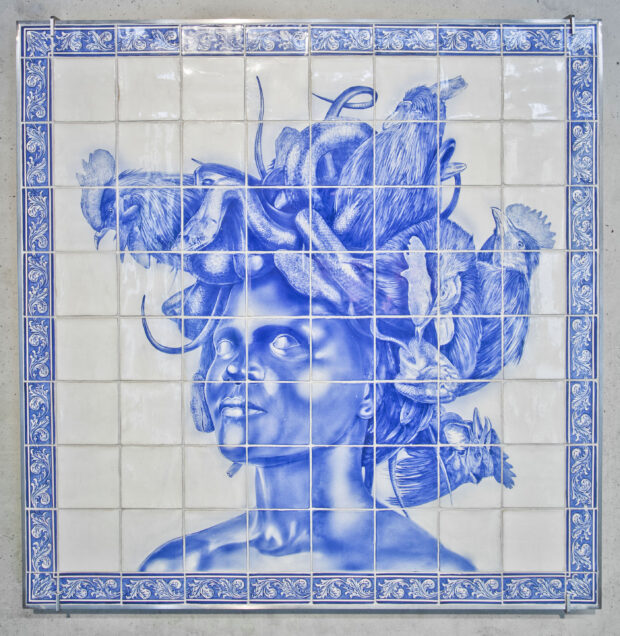



Be First to Comment